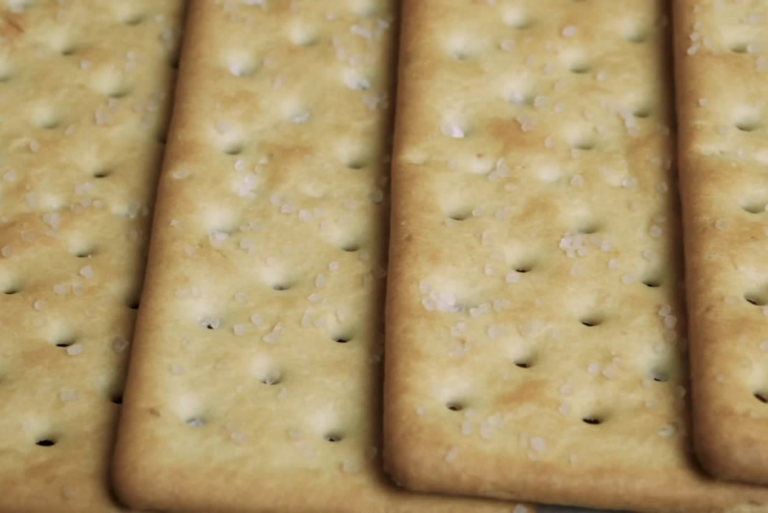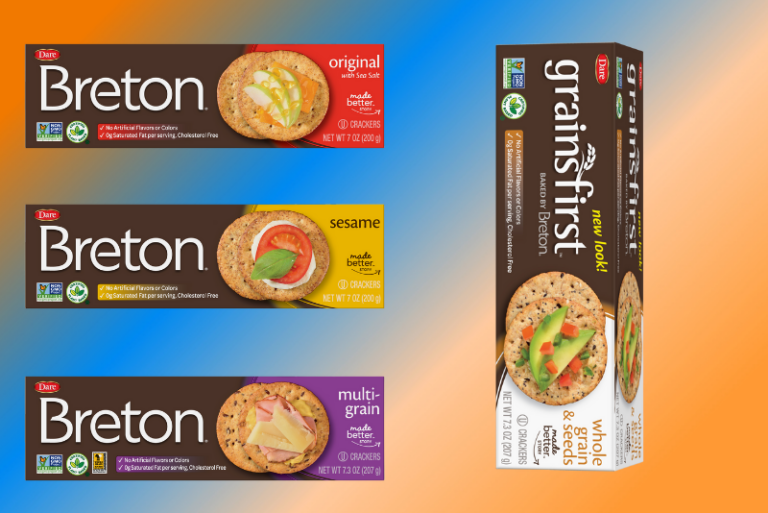KANSAS CITY, MO — In 2022, the definition of a cracker has expanded beyond the typical crunchy baked good that’s been at the core of charcuterie boards and snack breaks. As innovation within the category is driven by diversified consumer trends, crackers are both the classic bakery item and crystal ball as the space — and its needs — continue to shift.
Joining other baked goods that defy their traditional roles, Reno, NV-based Mary’s Gone Crackers was founded by Mary Walden following her diagnosis with celiac disease 18 years ago. What began with a seeded gluten-free cracker made with ingredients like whole grain brown rice, whole grain quinoa, flaxseeds and sesame seeds has expanded into a full array of plant-based, better-for-you crackers.
The brand has gone beyond the original seeded cracker with its graham cracker offering, Mary’s Gone Kookies, as well as plant-based crackers, Mary’s Gone Cheezee. It’s had to partner with suppliers as the supply chain crisis bears down on the baking industry and many other sectors. Though with several seed-based product offerings and a brand commitment to non-GMO and organic products that also carry other health claims, one additional challenge hinders the company’s operations: climate change.
“Rice has been a challenge,” said Carla King, director of marketing for Mary’s Gone Crackers. “We used to source predominantly from California, but the California rice industry has been decimated by the drought that has come back.”
Procurement for ingredients became an all-hands-on-deck endeavor as King described how everyone on the small team at Mary’s dove in to work on sourcing alternative suppliers.










